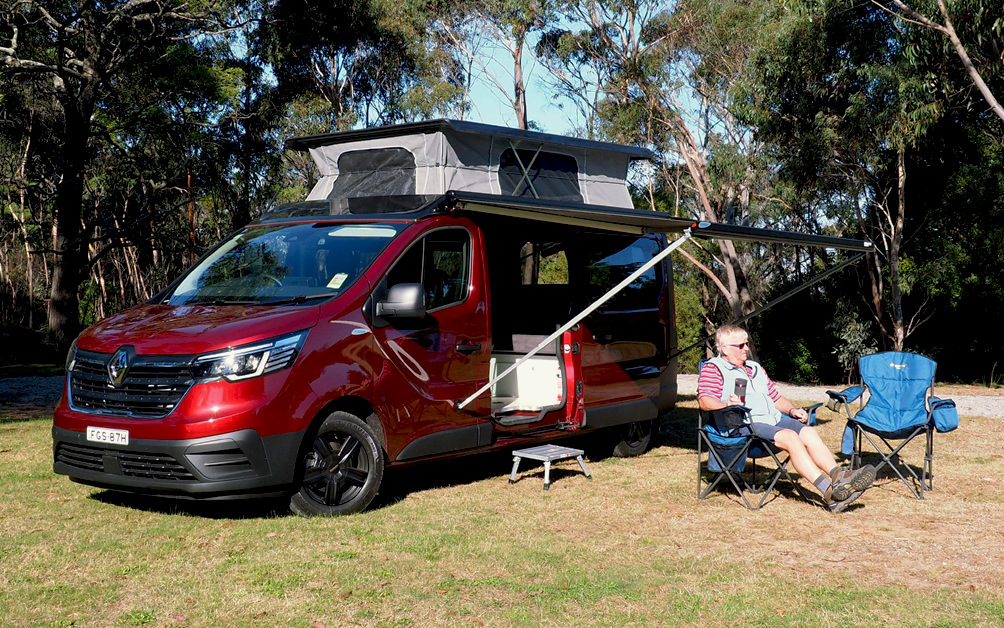Bonjour mes amies! C’est le moment pour le camping car review. If you are wondering about the Français introduction, I’ve been getting around in Frontline Campers’ latest pop-top campervan based on a Renault Trafic van.
I have some fond memories of the French vehicle manufacturer. On a visit to France some years ago, our hire vehicle was a hot little Renault hatchback with a manual gearbox. I’m okay with driving on the left but getting my right hand to do what my left hand has been doing for nearly 45 years took a few days.
Frontline’s new Renault Trafic is based on plenty of years of experience in the campervan conversion business, which Frontline certainly has. When I first checked over the Trafic, several features looked familiar – but the Renault added a new dimension. Frontline distinguishes its various models by the base vehicle, so there’s the Frontline Toyota HiAce, the Frontline Volkswagen; and, ta-da! the Frontline Renault Trafic.
LE DRIVE
When I picked up the Carmin Red (a very striking colour) Trafic, Frontline’s Gordon Galloway was enthusiastic about driving it, and I soon discovered why. It has frontwheel drive, is powered by a 2.0 litre turbo diesel engine and has a six-speed dual-clutch automatic transmission.
The idea of a dual-clutch transmission in a van seems odd, given they’re usually used in high-performance cars … but does this camper fly, or what? For the enthusiasts, a six-speed manual gearbox is also available. I didn’t have the vehicle long enough to get any fuel economy figures, but the Frontline team reckon it’s considerably better than the Hiace. On my little sojourn around the Blue Mountains west of Sydney, I had no reason to doubt that.
In the driver’s cab, all the controls and instrumentation were close to hand; even the sound system volume controls, once I discovered where they were. The centremounted touchscreen panel has the expected Apple CarPlay® and Android Auto® software and is very userfriendly. Around the cab, there are door pocket holders and cup/water bottle holders on top of the dashboard, but not much else apart from the good-sized pocket on top of the dashboard. It is large enough to hold a tablet or two and has two USB charger points for that very purpose. However, those same devices will be under the hot sun when driving along.


LE INTÉRIEUR
There are three layouts available with the Renault Trafic: The Vacationer, a two-seater with a walk-through; the Adventurer, a four-seater; and my review camper, an Adventurer Full Width, a four-seater with a full-width bed. The van itself has a sliding door and a rear lifting door. It’s also a flat floor layout, with easy access to and from the front cab seats. Adding to the rear layout is the passenger seat that swivels around. The rest of the layout is quite simple. There’s an offside kitchen bench and a day/night lounge seat that seats two when travelling and folds down into a bed.
Like most campers, the Trafic has a pop-top roof. It’s quite simple to elevate: just release the four corner
straps and push up. When the roof is raised, a removable shelf can be fitted across the air space in the rear. It’s a convenient feature for gear that might otherwise be stashed elsewhere when travelling. Large plastic boxes with lids are almost de rigueur in this style of camper.
There’s plenty of headroom and screened windows in the front and side walls of the gusset. In the van itself, there’s just one opening window on the offside. A couple of options fitted to my review van were zipped flyscreens for both the rear and sliding doors – an asset for sure. To get a bit more insect-free living space, there’s also the option of a flyscreen room for the Fiamma awning.
The plywood cabinetry in the Trafic is amazingly simple. Most of it in the Adventurer Full Width is fitted
along the mid-offside wall and forms up the kitchen cabinet. In addition to the induction hob, small stainlesssteel sink and 90 litre compressor fridge, there’s a range of small drawers and cupboards. There’s also a drawer under the rear seat for additional storage.
In the rear area, the platform and cushion form the bed at night but can be used for storage by day. Under the platform, the battery and battery management system take up part of the storage space.

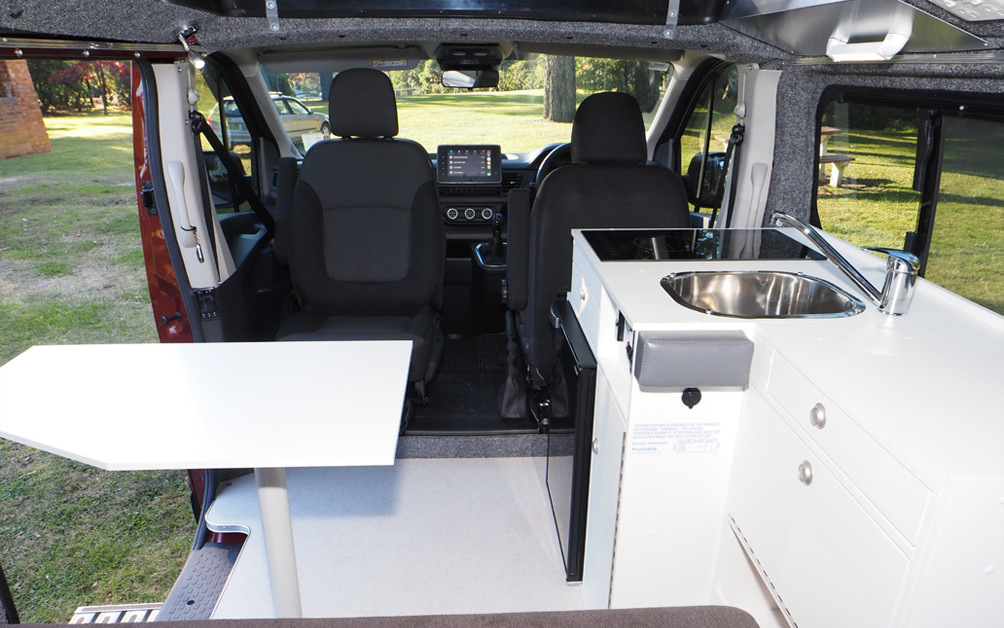


LA NUIT
The rear seat folds down very quickly and what this layout has is a bed with a length of 1.85m (6ft 1in). It’s 1.6m (5ft 3in) wide at the rear (pillow end) which narrows down to 1.17m (3ft 10in) at the foot end. The downside is the loss of offside cupboard space, which is a feature of the Adventurer layout. It means a narrower bed – but given the minimal storage space, I know what I would be opting for. A great feature of the rear seat is that it can be folded to face the rear. With a couple of cushions, it makes a great place to kick back and enjoy the view outside.
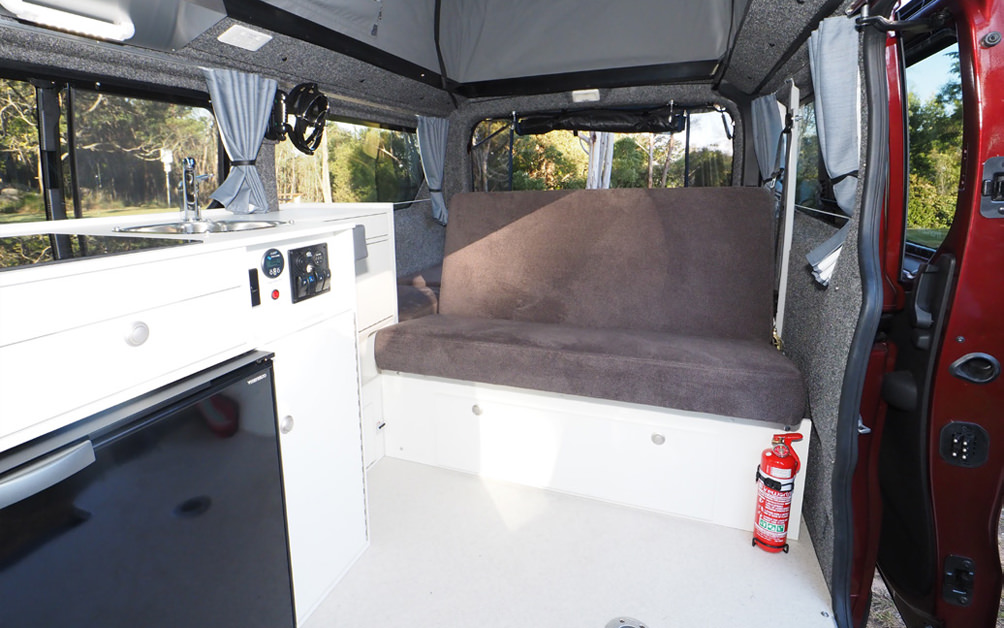
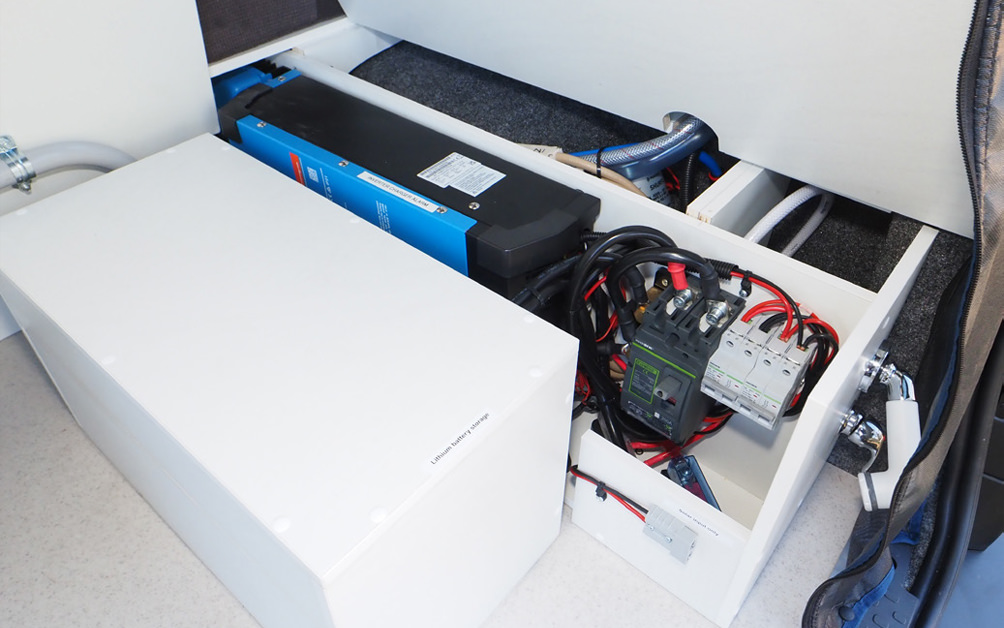



LE POWER SYSTÈME
The Trafic has a 100Ah AGM battery with a 25A charger in standard form. However, my review Trafic came with a 200Ah Lithium LiFePO4 battery, a 100W solar panel and a Victron Multiplus 2,000VA inverter/charger. This electrical package is designed to easily cope with the induction hob, compressor fridge, water pump and LED lighting. As long as some basic amenities are nearby when camped up, the Trafic is quite well equipped for off-grid travel.
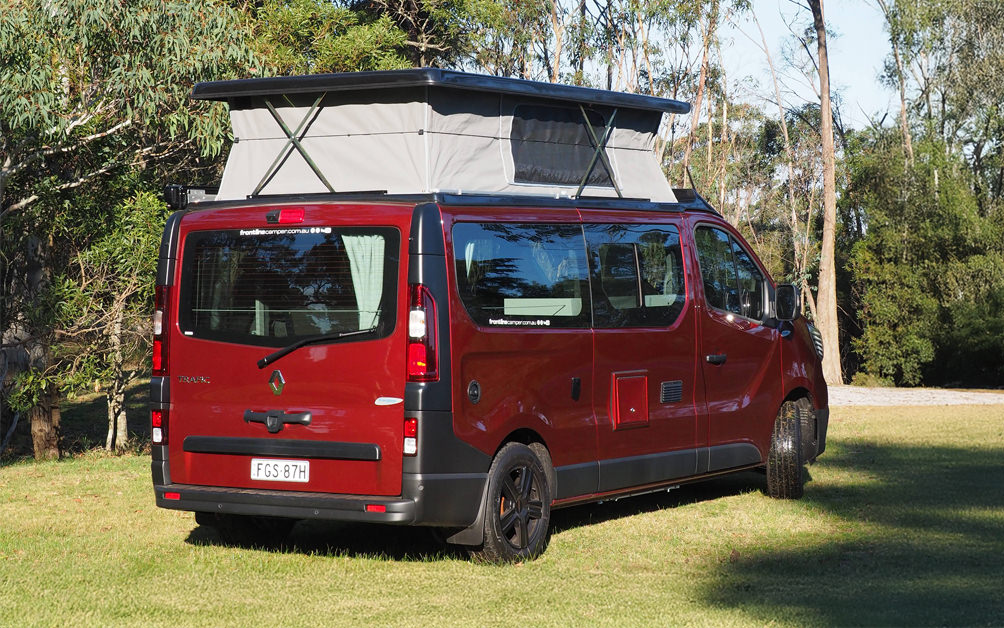
LA CONCLUSION
latest is built very much in the accustomed style. Undoubtedly, the Renault Trafic adds a new dimension and is a fun vehicle to drive. Designed for lightweight travel, the Trafic camper is highly manoeuvrable. It travels well on the road and fits easily into supermarket parking. Being a campervan, some set-up is required – but it can be done in less than 15 minutes. Ideal as a weekender and for longer-term travel. Très bien!
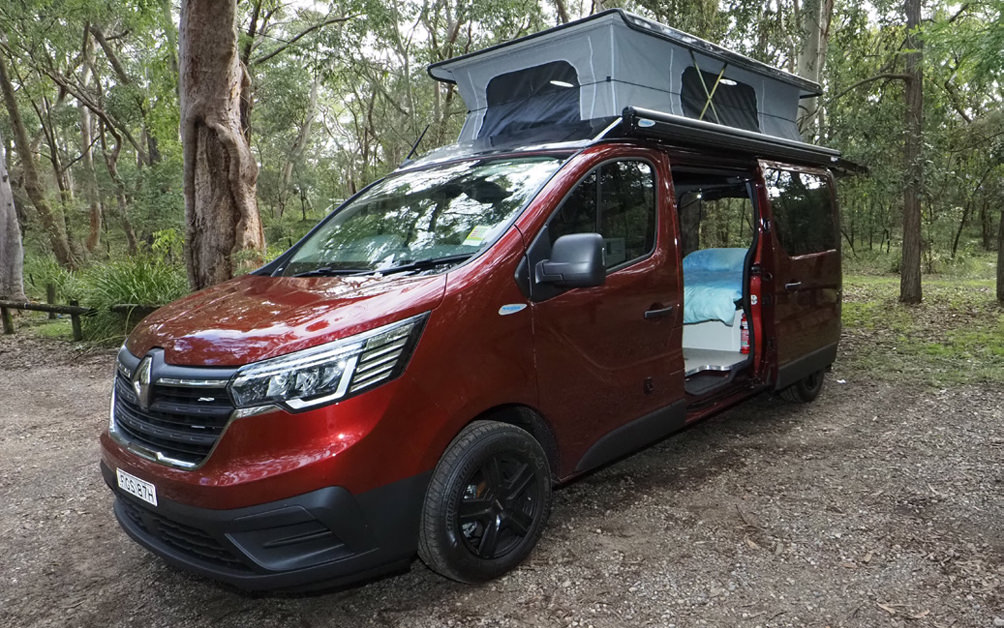

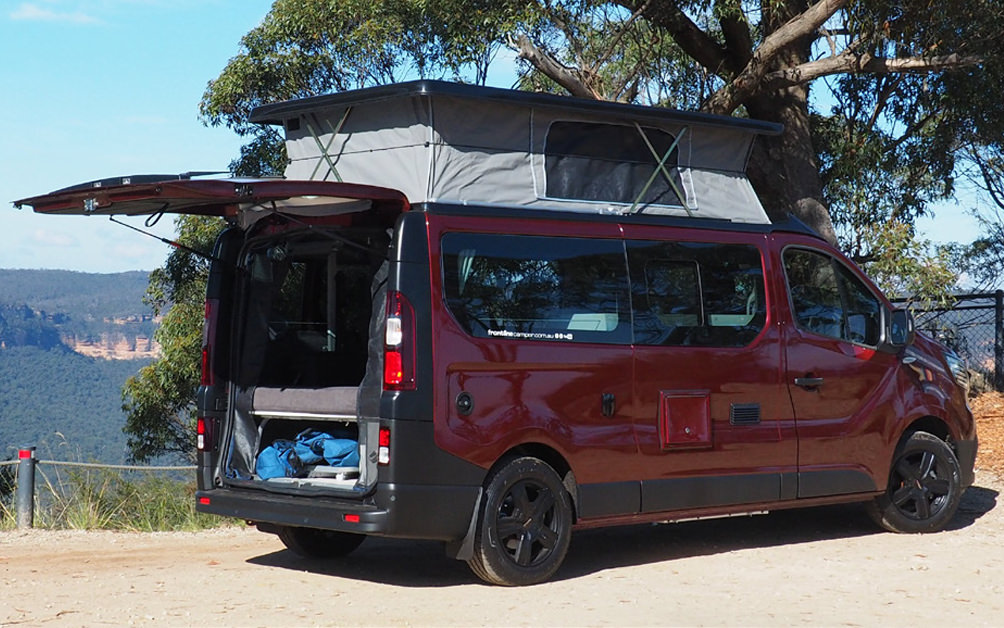


Source: The Wanderer
Written by: Malcom Street
Photography by: Malcom Street
